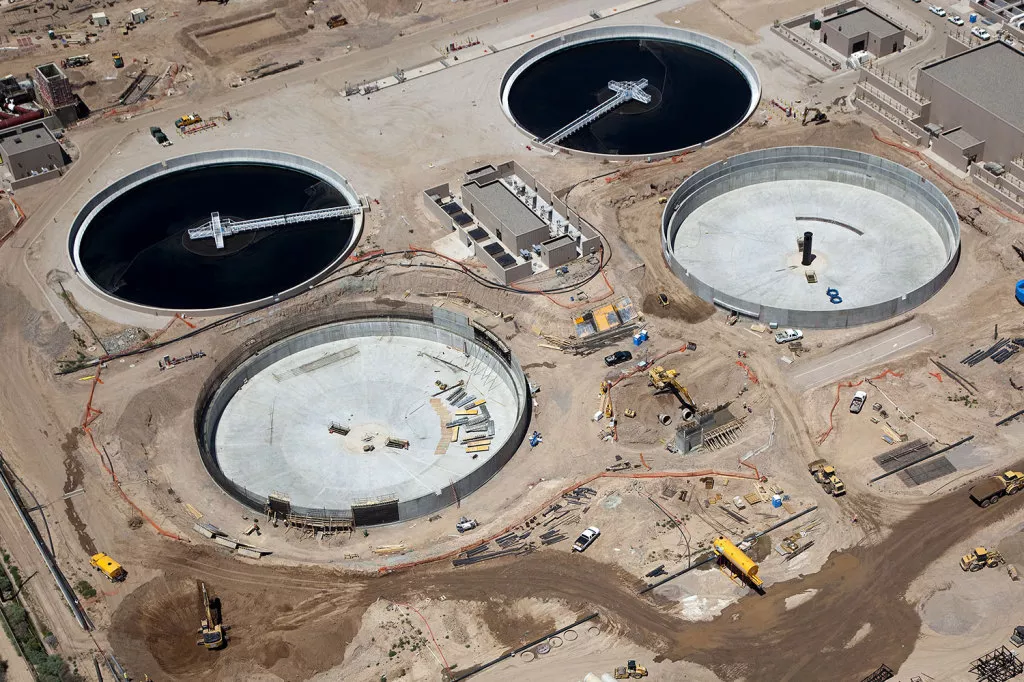Crude oil is one of the most important energy sources in the world. It powers vehicles, heats homes, and fuels industries. Understanding where crude oil forms is crucial for grasping the dynamics of the global energy market. This article explores the formation of crude oil, the geological processes involved, and the locations where significant oil reserves are found.
The Basics of Crude Oil
What is Crude Oil?
Crude oil is a naturally occurring, unrefined petroleum product composed of hydrocarbon deposits and other organic materials. It is formed from the remains of ancient marine organisms, such as zooplankton and phytoplankton, that died millions of years ago. Over time, these organic materials underwent physical and chemical changes to become crude oil.
Importance of Crude Oil
Crude oil plays a vital role in the global economy. It is a primary energy source and a raw material for various products, including gasoline, diesel, jet fuel, heating oil, and petrochemicals used in plastics, fertilizers, and other materials. The extraction, refining, and distribution of crude oil are significant contributors to many countries’ economies.
The Formation of Crude Oil
1. Organic Material Accumulation
The formation of crude oil begins with the accumulation of organic material in sedimentary basins. These basins are typically located in areas where large bodies of water existed, such as seas and oceans. The key steps in this process include:
Organic Matter Burial: As marine organisms die, their remains settle on the ocean floor. Over millions of years, layers of sediment accumulate, burying the organic matter.
Anoxic Conditions: The decomposition of organic matter occurs in anoxic (oxygen-depleted) conditions, which prevents the complete breakdown of the material. This environment is crucial for preserving the organic material needed for oil formation.
2. Diagenesis
Diagenesis is the initial stage of the transformation of organic material into hydrocarbons. This process includes:
Compaction: As more sediment layers accumulate, the pressure increases, compacting the organic material.
Chemical Changes: The heat and pressure cause chemical reactions, resulting in the formation of kerogen, a solid organic material. Kerogen is the precursor to crude oil.
3. Catagenesis
Catagenesis is the next stage, where kerogen undergoes further transformation. This stage occurs at higher temperatures and pressures, typically at depths of 2,000 to 4,000 meters (6,600 to 13,100 feet). Key processes include:
Thermal Cracking: The heat causes the kerogen to break down into liquid hydrocarbons. This process produces crude oil and natural gas.
Migration: The formed hydrocarbons begin to migrate through porous rock layers. They move toward the surface or to reservoir rocks, which can trap the oil.
4. Metagenesis
Metagenesis is the final stage of hydrocarbon formation. It occurs at even higher temperatures and pressures, typically deeper than 4,000 meters (13,100 feet). During this stage:
Formation of Natural Gas: At extreme depths, crude oil can convert into natural gas, particularly methane. This process happens when temperatures exceed around 120 degrees Celsius (248 degrees Fahrenheit).
Oil Windows: The “oil window” refers to the specific temperature and pressure conditions favorable for the formation of oil. If conditions exceed this range, crude oil may degrade into natural gas.
Geological Environments for Crude Oil Formation
1. Sedimentary Basins
Crude oil primarily forms in sedimentary basins, which are large depressions in the Earth’s crust filled with sedimentary rocks. These basins are characterized by:
Accumulation of Organic Material: Sedimentary basins provide an environment conducive to the accumulation of organic matter from marine organisms.
Source Rocks: The organic material transforms into oil within source rocks, typically shales, where the conditions are suitable for oil formation.
2. Reservoir Rocks
After formation, crude oil migrates into reservoir rocks, which are porous and permeable rocks that can store hydrocarbons. Key characteristics include:
Porosity: The ability of a rock to hold fluids. Reservoir rocks have high porosity, allowing them to store significant amounts of oil.
Permeability: The ability of fluids to flow through a rock. High permeability is crucial for the movement of oil within the reservoir.
3. Trap Structures
Traps are geological formations that hold oil and gas in reservoir rocks. These structures prevent hydrocarbons from escaping to the surface. Common types of traps include:
Anticlinal Traps: Formed by the upward folding of rock layers, creating a dome-like structure that traps oil.
Fault Traps: Formed by the displacement of rock layers along faults, which can create barriers that prevent the escape of hydrocarbons.
Stratigraphic Traps: Created by changes in rock types or porosity, which can trap oil in specific geological formations.
See Also: What Chemicals Are in Crude Oil?
Major Oil-Producing Regions
1. The Middle East
The Middle East is one of the richest regions in the world for crude oil reserves. Key countries include:
Saudi Arabia: Home to the world’s largest oil reserves, primarily located in the Ghawar Field.
Iraq: Contains significant reserves, particularly in the Basra region.
Iran: Has vast oil fields, including the Ahvaz Field.
2. North America
North America has emerged as a significant player in the global oil market. Key areas include:
United States: The U.S. has large reserves in Texas (Permian Basin), North Dakota (Bakken Formation), and Alaska.
Canada: Home to extensive oil sands reserves, particularly in Alberta, which contain a significant amount of bitumen.
3. Russia
Russia is one of the largest producers of crude oil globally. Key regions include:
Siberian Fields: The Western Siberian Basin is rich in oil reserves, with major fields like Samotlor and Surgut.
Volga-Urals Basin: This region also contributes significantly to Russia’s oil production.
4. Africa
Africa has several emerging oil-producing nations. Notable areas include:
Nigeria: The largest oil producer in Africa, primarily in the Niger Delta region.
Angola: Significant offshore oil fields contribute to its production.
5. South America
South America is home to important oil reserves, especially in:
Venezuela: Has some of the largest oil reserves globally, primarily in the Orinoco Belt.
Brazil: Emerging as a significant producer with offshore pre-salt oil fields.
Environmental and Economic Considerations
1. Environmental Impact of Oil Extraction
Crude oil formation and extraction have significant environmental impacts, including:
Oil Spills: Accidental releases can devastate marine ecosystems and coastal areas.
Greenhouse Gas Emissions: The burning of fossil fuels contributes to climate change.
Habitat Disruption: Oil exploration and extraction can disrupt local ecosystems and wildlife.
2. Economic Importance of Crude Oil
Crude oil is vital to the global economy. Its extraction, refining, and distribution create jobs and generate revenue. Key economic considerations include:
Global Trade: Oil is a major commodity traded on international markets, influencing economies worldwide.
Energy Security: Countries rely on stable oil supplies for energy security, affecting foreign policy and international relations.
3. Future of Crude Oil
The future of crude oil is influenced by several factors, including:
Transition to Renewable Energy: As the world moves toward cleaner energy sources, the demand for oil may decline.
Technological Advancements: Innovations in extraction and refining can impact production levels and efficiency.
Geopolitical Factors: Conflicts and political instability in oil-producing regions can affect global supply and prices.
Conclusion
Crude oil formation is a complex process involving the accumulation of organic material, geological transformations, and the migration of hydrocarbons into reservoir rocks. It primarily occurs in sedimentary basins, where specific geological conditions create the ideal environment for oil to form. Major oil-producing regions include the Middle East, North America, Russia, Africa, and South America.
Understanding where crude oil forms is essential for grasping its significance in the global economy. As the world navigates environmental concerns and the transition to renewable energy, the future of crude oil will undoubtedly evolve. Nonetheless, it remains a crucial energy source and a key driver of economic activity worldwide.
Related topics:

































